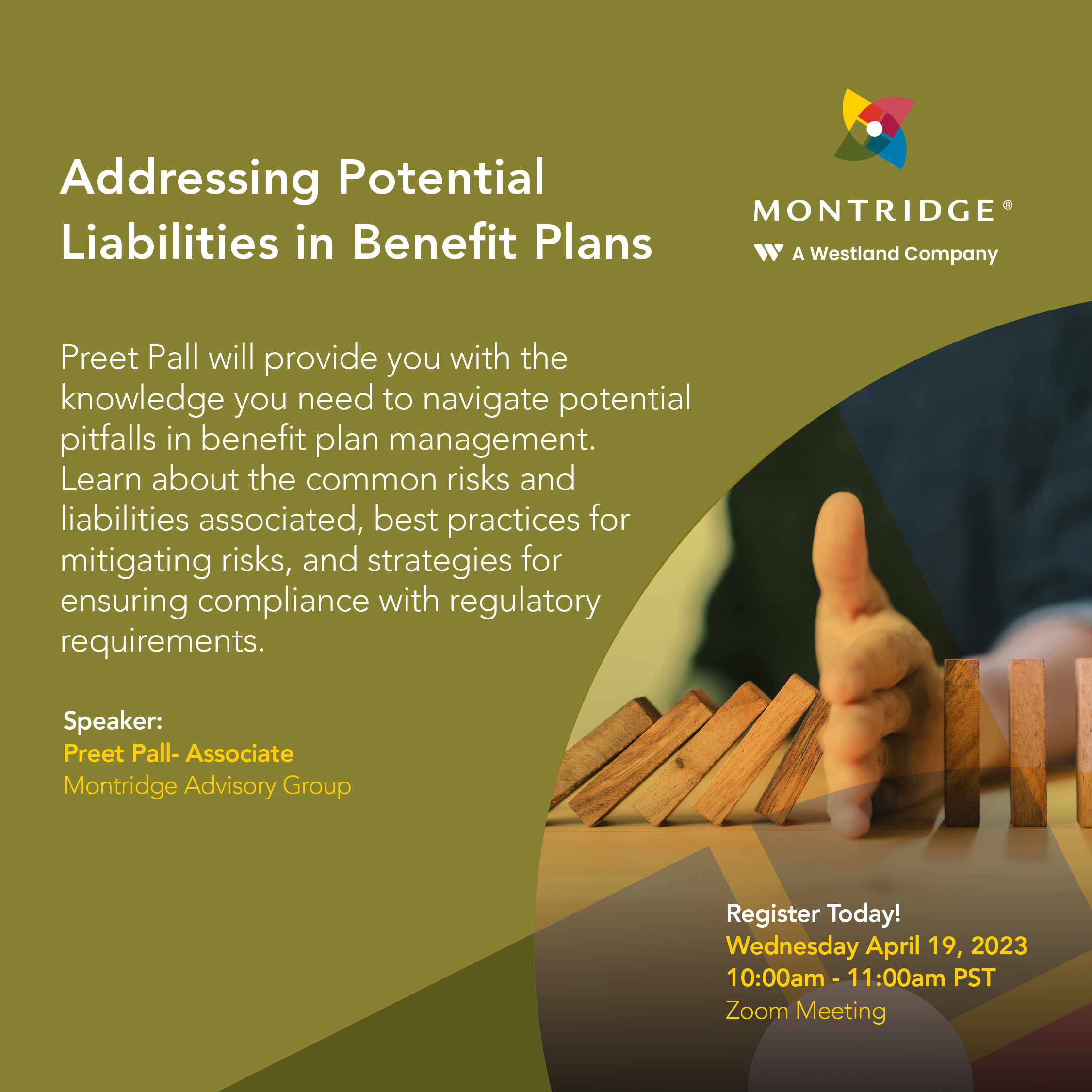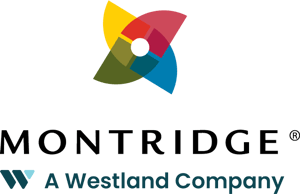As a forward-thinking employer, you understand the significance of helping your employees alleviate financial stress through education and support.
In this blog post, we introduce the two fundamental retirement benefits offered by the Federal government and explain how the deductions from your employees' paycheques will ultimately benefit them.
Old Age Security Benefits (OAS) Explained
What is OAS?
The Old Age Security (OAS) is a benefit provided by the federal government of Canada for individuals over the age of 65 who have lived in the country for at least 10 years.
Who can receive OAS?
- Maximum pension: You can receive it if you have lived in Canada for at least 40 years after turning 18 years old. In some situations, you may still qualify for the full OAS pension without meeting the 40-year requirement.
- Partial pension: You can receive it if you currently live in Canada and have lived in the country for at least 10 years after turning 18 years old. If you live outside of Canada, you can receive it if you have lived in the country for at least 20 years after turning 18 years old.
What is the amount of retirement income you can receive from OAS?
The amount of monthly income you will receive from the Old Age Security (OAS) program depends on when you start receiving the payments. If you begin receiving OAS payments at 65 years old, you can receive up to CAD 685.50 per month (Q1 2023). However, if you wait until you are 70 years old to start receiving payments, you can receive up to CAD 932.28 per month (Q1 2023). For every month past age 65 that you wait before applying for OAS benefits, your monthly payment will increase by 0.06%, which translates to an increase of 7.2% per year, up to a maximum of 36% at age 70. It's worth noting that OAS payments are indexed quarterly to adjust for inflation.
Additionally, starting in 2022, pensioners over the age of 75 will receive an additional monthly amount on top of their regular OAS payment.
For more information about OAS, please visit this link.

Canada Pension Plan (CPP) Explained
What is CPP?
The Canadian Pension Plan (CPP) is a government-administered retirement benefit program designed for working Canadians who have made regular contributions over the years. In Quebec, workers have access to a similar program called the Quebec Pension Plan (QPP).
All working Canadians between the ages of 18 and 70 are required to make CPP contributions, and both employees and employers contribute equally to earnings. In 2023, the contribution rate for both employees and their employer has increased to 5.95% of a worker’s income up to an annual maximum of CAD 3,754.45.
Who can receive CPP?
The CPP is available to everyone who has made valid contributions, regardless of the number of years they have worked. To qualify to receive CPP retirement benefits, you must be at least 60 years old.
What is the amount of retirement income you can receive from CPP?
Your CPP pension amount is determined by several factors, including your age when you start receiving your pension, your contributions, and your average annual earnings. The pension amount is calculated based on your best 40 years of earnings, with up to eight low or no salary years excluded.
As of 2023, the maximum monthly amount for a new recipient starting their pension at age 65 is CAD 1,306.57. However, the average monthly amount paid for a new retirement pension (at age 65) in October 2022 was only CAD 717.15. This variation is due to a host of factors but generally relates to the length of time in the workforce and earnings history.
CPP benefit calculations are based on starting benefits at age 65. If a person begins receiving benefits before age 65 (earliest age 60), they give up 0.06% for every month prior to age 65, which results in a loss of 7.2% per year or a total of 36% at age 60. Conversely, for every month a person can wait to take their pension after age 65, the monthly amount increases by 0.07% or 8.4% per year, resulting in a total increase of 42% at age 70. It is also important to note that as with OAS, CPP is indexed against inflation.
For more information about CPP, visit this link.
Is pension income taxable?
Yes, both OAS and CPP are considered taxable income. Seniors can however reduce their tax burden through deductions and tax credits.
Will OAS and CPP Cover Your Needs When You Retire?
The Canadian Pension Plan (CPP) and Old Age Security (OAS) are fundamental to retirement income and are designed to provide basic security for your old age. Mandatory deductions from your paycheque ensure that you contribute to CPP directly throughout your working life. However, relying solely on these government benefits may not be enough to maintain your standard of living during retirement.

- One reason is that OAS and CPP payments have limits. They were originally designed to replace only 25% of your pre-retirement income. Most retirees need in the range of 70% of their pre-retirement income to maintain their lifestyle.
As of 2023, the maximum monthly payment for OAS is CAD 687.56 at age 65, while the maximum monthly payment for CPP is CAD 1,306.57. This means that the annual income provided is just under CAD 24,000, which may not be sufficient to cover all retirement expenses. Additionally, most people receive only a portion of that amount. - Furthermore, although CPP is indexed to inflation, there is always a risk that OAS and CPP payments may not keep up with it.
This can be particularly concerning during times of economic instability, such as the present. Inflation can erode the purchasing power of retirement income over time, making it harder to afford essential expenses. - Aside from basic living expenses, retirees may also have additional costs, such as healthcare expenses, long-term care, or travel.
Retirement is a time to enjoy hobbies, travel, and other leisure activities, but these activities will require additional funds beyond what OAS and CPP provide.
Despite their limitations, it's essential not to overlook the value of these foundational benefits. To replace these benefit payments - assuming current maximums at age 65 - you would have to have additional savings of approximately CAD 500,000 to generate a similar monthly income.

Sources of Retirement Income Beyond Government Benefits
Planning for retirement is a critical part of financial planning. While government retirement benefits, like OAS and CPP, can provide a basic level of income in retirement, there are several other sources of retirement income to consider.
For example, your employer may offer a retirement plan such as a group Registered Retirement Savings Plan (RRSP) or a registered pension plan (RPP). Under these plans, you and your employer regularly contribute money to the plan, helping to secure your retirement.
Additionally, a Tax-Free Savings Account (TFSA) can hold a variety of investment products and allows your savings to grow tax-free, providing another potential source of retirement income.
When planning for retirement, it's essential to understand how to convert your savings and investments into retirement income. This may involve converting an RRSP into a Registered Retirement Income Fund (RRIF), buying an annuity, investing in other products like stocks or bonds, or withdrawing your savings as cash.
It's also important to be aware of the maximum annual taxable income one can receive before triggering the OAS clawback, which is currently set at CAD 86,912 (2023).
If you own your home, you may also be able to use the equity you've built up in it to provide additional income in retirement.
By carefully examining all the ways to generate income in retirement and planning ahead, you can ensure that you have sufficient funds to enjoy your retirement.
Conclusion
While the government provides some support to prevent Canadians from falling into absolute poverty during their golden years, it is important to start planning for retirement as early as possible to ensure financial security in old age.
Seeking professional help for this life-changing decision can help you make the most of your current situation and avoid mistakes that may lead to financial difficulties in the future.
Did you enjoy reading our content? Gain even deeper insights by joining our upcoming webinar "Addressing Potential Liabilities in Benefits Plans."

Addressing Potential Liabilities in Benefit Plans
Preet Pall will provide you with the knowledge you need to navigate potential pitfalls in benefit plan management.
Learn about the common associated risks and liabilities, best practices for mitigating risks, and strategies for ensuring compliance with regulatory requirements.


.jpg?height=100&name=Preet%20(1).jpg)




